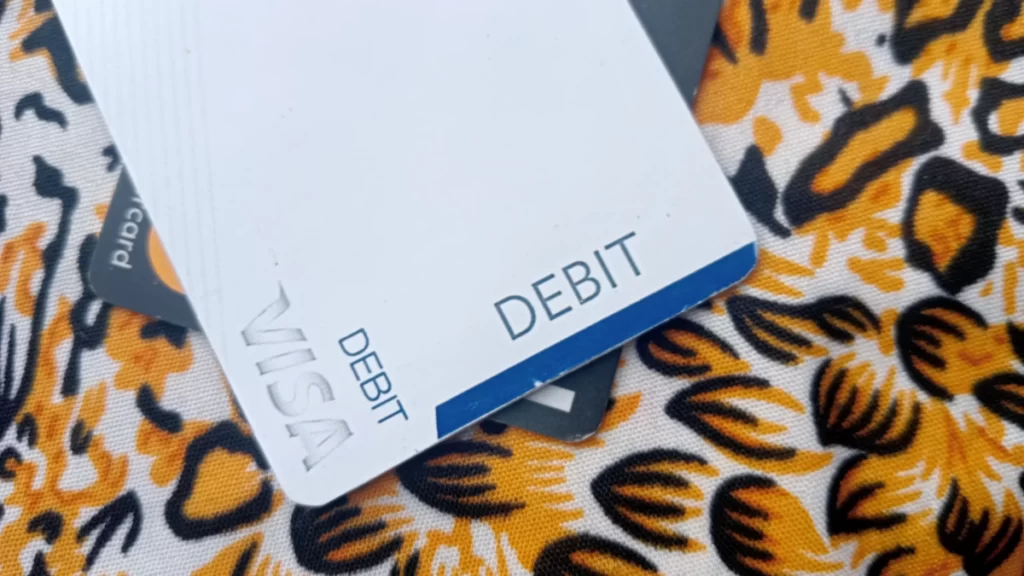In today’s digital age, electronic payment methods such as debit cards have become an integral part of our daily lives.
There are certain charges associated with debit card usage that many people are unaware of, and one of them is the HC charge.
In this article, we will discuss what HC charge on debit cards is, how it is calculated, and what you can do to avoid it.

What is HC Charge
Let’s understand what the HC charge is. HC stands for “higher category” and is a fee charged by banks to merchants for accepting payments from debit cards that are issued in a higher category.
Debit cards are classified into different categories based on their features and benefits, such as cashback, rewards points, and other privileges.
The higher the category of the debit card, the more benefits it offers, and hence the more expensive it is for the bank to issue.
HC Charge on Debit Card
When a merchant accepts payment from a customer’s debit card, the bank charges them a fee for the transaction.
This fee is known as the Merchant Discount Rate (MDR) and is a percentage of the transaction value.
However, in the case of debit cards issued in a higher category, the MDR is higher than the standard rate, and the additional amount charged is known as the HC charge.
The HC charge is levied on the merchant and not on the customer. However, merchants often pass on this cost to their customers in the form of a surcharge.
This means that if you use a debit card that falls under a higher category to make a payment, you may end up paying more than the actual amount of the transaction.
How to Calculate HC Charge on Debit Card
Now that we know what HC charge is, let’s understand how it is calculated. The exact percentage of HC charge varies from bank to bank and also depends on the category of the debit card used.
Typically, the HC charge ranges from 0.25% to 1% of the transaction value. For example, if you use a debit card issued in a higher category to make a payment of Rs. 10,000, and the HC charge is 0.5%, then the merchant will have to pay an additional Rs. 50 as HC charge.
It’s important to note that not all merchants charge a surcharge for HC charges. As per the Reserve Bank of India’s guidelines, merchants are not allowed to charge a surcharge for transactions made using debit cards.
However, they are allowed to levy a convenience fee, which is a flat fee charged for using electronic payment methods.
This fee is usually charged by merchants who operate in industries with low-profit margins, such as petrol pumps and small Kirana stores.
How To Avoid HC Charge on Debit Card
Now that we have a basic understanding of HC charge on debit cards let’s discuss how you can avoid them. One of the easiest ways to avoid HC charge is to use a debit card that falls under a lower category.
Debit cards issued in lower categories have fewer benefits, and hence the MDR is lower. This means that the HC charge is also lower or non-existent.
For example, a basic debit card that only offers ATM withdrawals and online transactions falls under the lowest category and does not attract any HC charge.
Another way to avoid HC charge is to use other payment methods such as UPI, net banking, or mobile wallets. These payment methods have lower MDR than debit cards and hence do not attract HC charge.
Moreover, many merchants offer discounts and cashback offers for using these payment methods, making them a more attractive option.
Tips
Lastly, if you have to use a debit card that falls under a higher category, try to negotiate with the merchant to waive the surcharge.
Many merchants are willing to waive the surcharge, especially if you are a regular customer or if you are making a large transaction.
However, it’s important to note that merchants are not obligated to waive the surcharge, and it’s ultimately their decision.
Conclusion
HC charge on debit cards is a fee charged by banks to merchants for accepting payments from debit cards that are issued in a higher category.
It is calculated as a percentage of the transaction value and is passed on to the merchant. While merchants are not allowed to charge a surcharge for HC charge, they can levy a convenience fee.
To avoid an HC charge, you can use a debit card that falls under a lower category, use other payment methods such as UPI, net banking, or mobile wallets, or negotiate with the merchant to waive off the surcharge.
Understanding HC charge and taking necessary steps to avoid it can help you save money and make the most of your electronic payment methods.
FAQ’s
Is HC charge applicable for all types of debit cards?
No, HC charge is applicable only for debit cards that fall under a higher category.
Is the HC charge fixed or variable?
The HC charge is variable and is calculated as a percentage of the transaction value.
What is the difference between the HC charge and the convenience fee?
HC charge is a fee charged by banks to merchants for accepting payments from higher category debit cards, while convenience fee is a flat fee charged by merchants for using electronic payment methods.